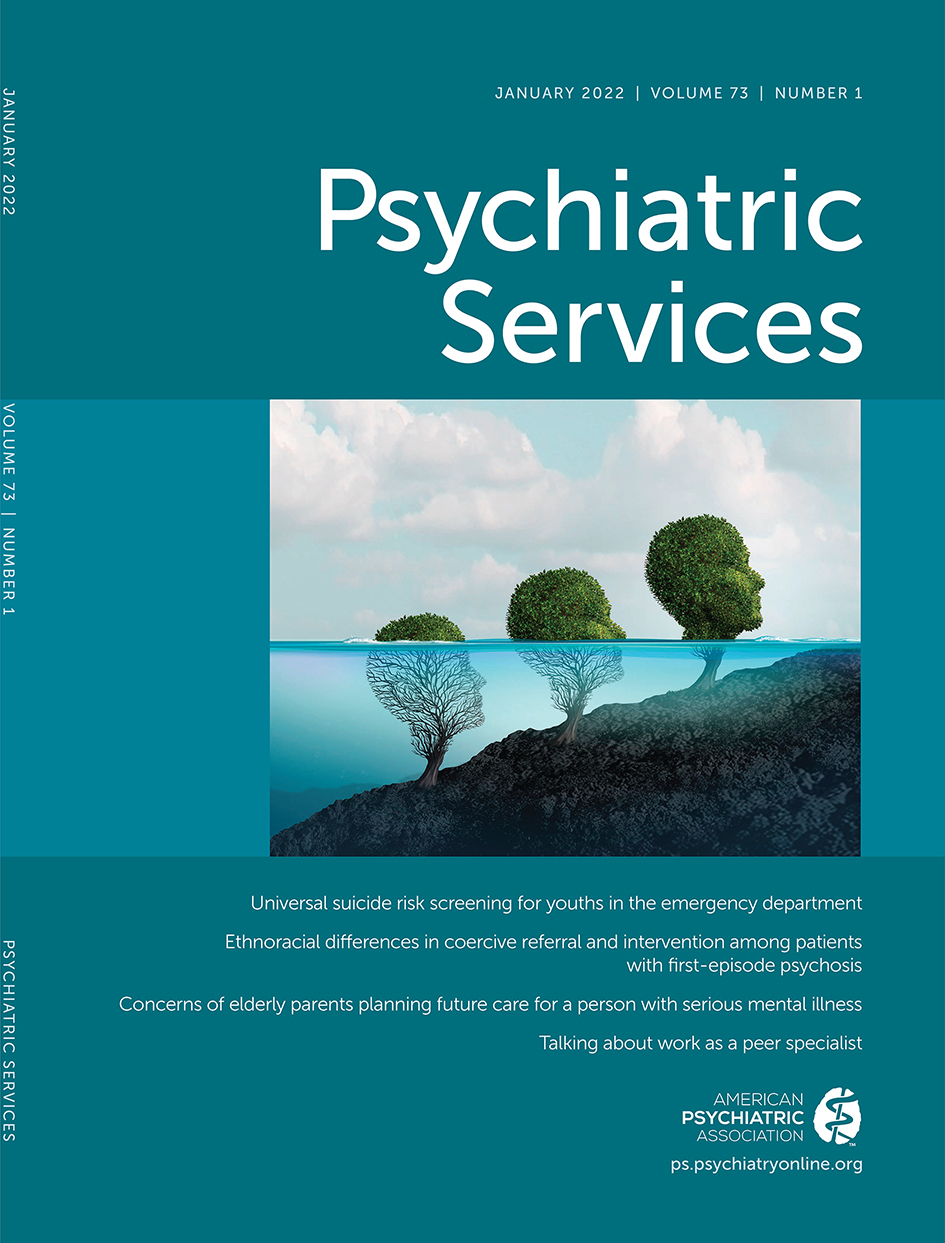Hospital at Home and Associated Risks: In Reply
IN REPLY: We appreciate the considered and thoughtful response to our review provided by Mohamed et al. As with all treatments, we agree that home treatment for serious mental illness can present both benefits and risks. Clinical risk assessment for harm to self or others, while clearly desirable, has poor sensitivity and specificity in detecting serious, but thankfully rare, adverse outcomes (1). The information gained is offset against the potential for iatrogenic harms arising from coercive treatment in an inpatient setting, further supporting a role for hospital-in-the-home (HITH).
HITH programs can fill a key gap between crisis response and inpatient admission for selected consumers. Home treatment, no matter how assertive, is less contained than hospital care, but inpatient treatment poses its own risks. For those who may find inpatient admission traumatic or culturally unsafe, the availability of HITH can increase consumer and caregiver empowerment in treatment decisions (2). Providing choice of treatment setting improves relationships with services and can increase engagement in ongoing care, which is essential in managing longer-term risks concerning relapse and deterioration (3). Acute risks, such as self-harm, interpersonal violence, or suicide, can still occur in the hospital setting, albeit less commonly than in-home treatment programs, according to the retrospective study by Hunt et al. (4).
Balancing these considerations is an important part of the clinical work, aiming to maximize the potential for recovery and engagement against degrees of uncertainty and risk. Further research can continue to shed light on where HITH fits into a stepped care model, which is already the norm. Anecdotally, HITH program pilots in Victoria, Australia, show high consumer satisfaction and high engagement in acute and ongoing care. These results are yet to be formally evaluated, although we hope to share these findings soon.
1 : Does the emphasis on risk in psychiatry serve the interests of patients or the public? Yes. BMJ 2013; 346:f902Crossref, Medline, Google Scholar
2 : Users’ attitudes towards home and hospital treatment: a comparative study between South Asian and white residents of the British Isles. J Psychiatr Ment Health Nurs 2003; 10:137–146Crossref, Medline, Google Scholar
3 : Essential ingredients of engagement when working alongside people after their first episode of psychosis: a qualitative meta-synthesis. Early Interv Psychiatry 2018; 12:784–795Crossref, Medline, Google Scholar
4 : Safety of patients under the care of crisis resolution home treatment services in England: a retrospective analysis of suicide trends from 2003 to 2011. Lancet Psychiatry 2014; 1:135–141Crossref, Medline, Google Scholar



